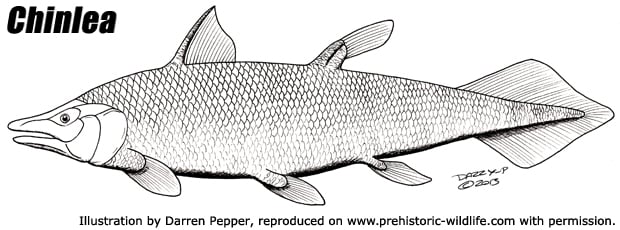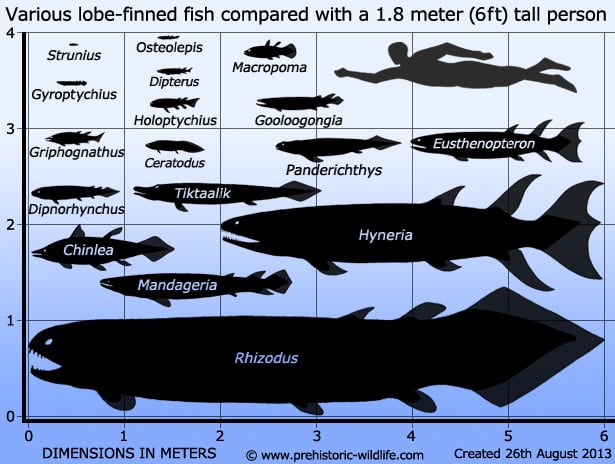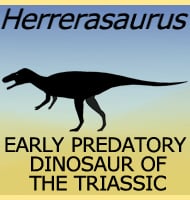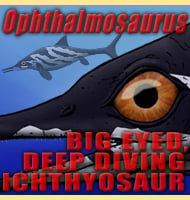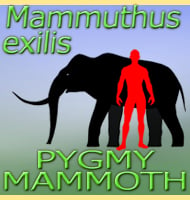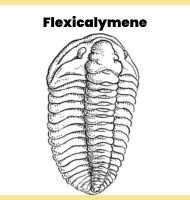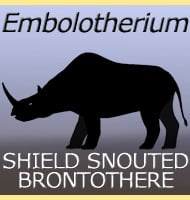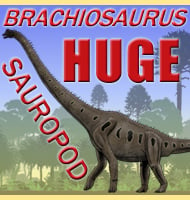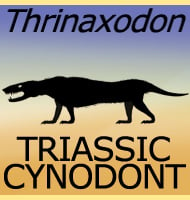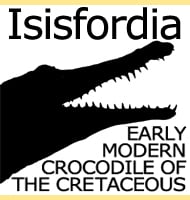In Depth
Chinlea is one of the better known coelacanth genera from North America, though remains of this late Triassic aged fish are usually incomplete. The majority of currently known remains of Chinlea are known from the Chinle Formation of the USA, which is also the inspiration for the genus name.
Overall, Chinlea seems to have been on the slightly gracile side of the family when compared to other coelacanth genera, but still retained the characteristic deep body and strong lobe fins of its relatives. The mouth was also filled with large sharp teeth that would have had an easy time penetrating the bodies of prey animals such as small fish. With remains indicating sizes up to 1.5 meters long, individual Chinlea were roughly equivalent to smaller Latimeria, a modern genus of coelacanth that was discovered to be alive in the Indian Ocean after science had claimed coelacanths to be extinct for tens of millions of years, the adults of which can range between 1.5 and 1.8 meters long.
Further Reading
- Late Triassic fishes from the western United States - B. Schaeffer - 1967. - A New Specimen of Chinlea sorenseni from the Chinle Formation, Dolores River, Colorado - David K. Elliot - 1987.
